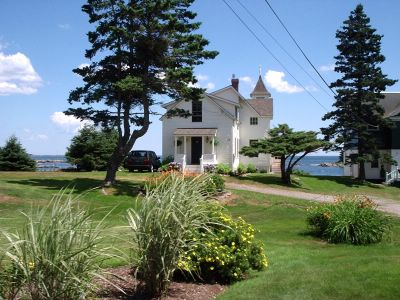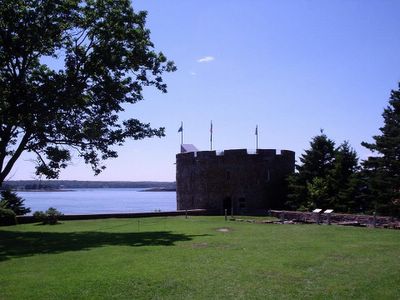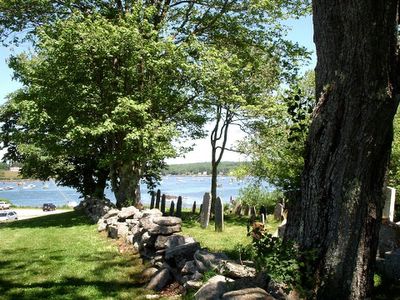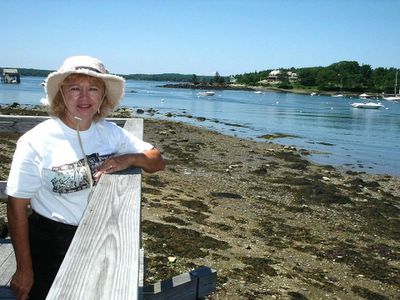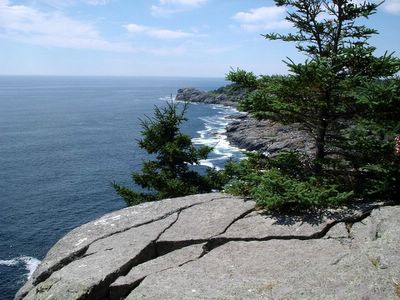
Looking toward the island's western shore.
Ocean Point is a peninsula that juts into the Atlantic Ocean. There is about a one mile shoreline to walk that is one beautiful sight after another. The community has homes, B and Bs, an Inn, a few restaurants, a chapel, and a grocer.

